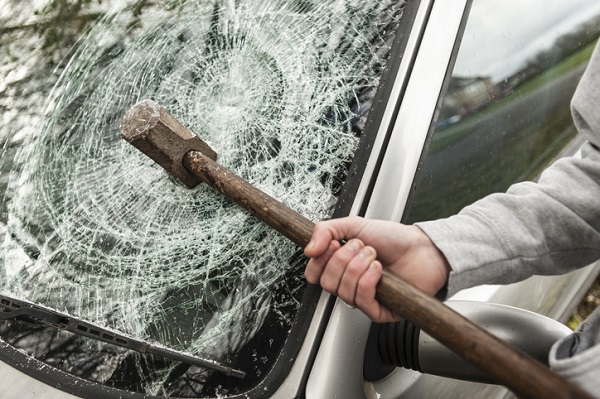3 Types of Windows to Be Aware of If You’re Considering Auto Body Schools

An auto body repairer needs to be as well versed in windows as in dings and dents. In addition to reviewing damage reports, preparing cost estimates, removing damaged body parts, among many other things, when you work in auto body repair you have to be prepared to work with different types of windows.
The type of glass used for car windows informs safety concerns, such as what tools a driver may want to have on hand in case of an accident, or what they might need to communicate to a first responder. Window glass is made using rigorous processes to incorporate strength in different ways for different purposes. Understanding more about the types of windows that car manufacturers use will also increase your understanding of how a vehicle may hold up in a collision.
1. Windshield Glass and How It’s Made
Laminated glass has been in existence for almost a century and is the standard for windshield glass. Each car windshield is made from two sheets of glass with a layer of polyvinylbutryal (PVB) between them. Pressure rollers and heat seal the three layers together. This forms a chemical and mechanical bond that creates windshield glass that can withstand the impact of small flying objects without shattering.

Similarly, the windshield glass keeps passengers from being thrown out of a vehicle and helps absorb the impact of a passenger side air bag if released in a collision. While laminated glass is breakable, it does not shatter and it takes special tools to break through it.
With hands on experience from automotive courses in Canada, you may also see that some car manufacturers also use laminated glass for side windows in minivans to keep passengers safe in the event of a crash.
2. Tempered Glass and Sidelites
The surrounding windows of a car, known as the sidelites and backlite, may also be laminated glass, but these windows are more typically made of tempered glass. Glass is tempered through a process of rapid heating and cooling wherein the surface temperature will differ from the internal temperature as it is processed.
What this means, essentially, is that the glass is pushed, from compressive stress at the surface, and pulled, from tensile stress internally, at the same time. The result is glass that withstands all the bumps of the road. Unlike laminated glass, tempered glass will shatter. However, when it does, it breaks into dull pebble like pieces.
3. Ask Auto Body Schools About Tinted Windows
A tint will not change the integrity of window glass, but if you are attending any auto body schools it is worth knowing a few things about tinted windows. They are regulated from province to province meaning that there are a range of allowable tints depending on your location.

The most common process of tinting windows involves applying a sheet of film to the inside of a vehicle’s windows. There are various types of material used including metalized or dyed films that convert solar radiation into infrared. There is also original equipment manufacturer (OEM) auto glass which is made by the car manufacturer and is usually lighter than the films.
There are many reasons why drivers want to tint their windows, such as preventing the car’s interior from fading due to UV rays, keeping the car cooler on hot days or adding extra privacy to a vehicle.
Looking for more auto body repair career information?
Contact Automotive Training Centres to learn about our programs!

